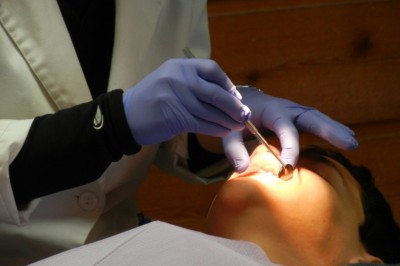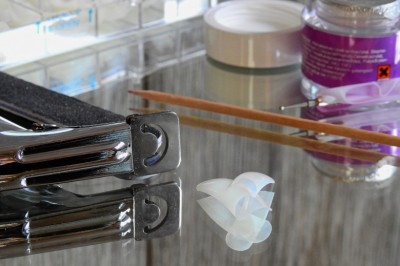Crowns Can Fix Damaged, Decayed Teeth
A dental crown is a tooth-shaped cover fitted over a tooth that is decayed or damaged. Also called caps, crowns are made to look just like your natural teeth. Crowns can hold together parts of a broken tooth and can also be used to hold a bridge in place. Misshapen and badly discolored teeth can also be covered by crowns. Crowns are a type of dental restoration which, when cemented into place, fully cup over the portion of a tooth that lies at and above the gum line.
There are many reasons why people see their cosmetic dentist to get crowns, but generally the tooth has been damaged quite extensively, and filling material cannot replace the missing tooth structure to make the tooth strong enough.
How are Crowns Made?
Some crowns are prefabricated; prefabricated crowns can be used as a temporary restoration until a permanent crown is custom made for you. Crowns can be all metal, porcelain fused to metal (PFM), or all ceramic. The metals used in making crowns are gold alloy, other alloys such as palladium or a base-metal alloy such as nickel or chromium. The all metal and PFM crowns are the strongest and are typically used for back teeth. Crowns can last at least 7 years typically, but some have much longer.
The Procedure
Since teeth requiring crowns are often decayed and damaged, endodontic (root canal) treatment is often necessary before the crown is placed. However, not everyone who needs a crown will also need a root canal. To put a crown in place, your dentist must file down the tooth to make room for it. After filing down the tooth, he or she will use a piece of thread or cord to push the gum down around the tooth and then make an impression of the tooth. The impression material is removed after several minutes.
The impressions are sent to the lab and the crown is made. In the meantime, you will receive a temporary crown usually made of plastic and made right in the office on the day of your visit. At your next visit, the temporary crown will be removed and the permanent crown will be tested. Once the crown is ready, it is cemented to your tooth.
Post-Procedure
Having a crown placed is a fairly simple procedure that typically does not cause any post-procedure discomfort or sensitivity. If you do notice pain or sensitivity when you bite down, you should call your dentist as this usually means the crown is too high on the tooth and can be easily fixed.
If your crown becomes loose or chipped, you should call your dentist. If the crown comes completely out of your mouth, clean the crown and the tooth and call your dentist to get an appointment the next day to have this repaired.
Since a dental crown serves to cup over and encase the visible portion of a tooth, any dental crown that has a porcelain surface can be used as a means to idealize the cosmetic appearance of a tooth. Possibly you have heard it rumored (especially in past decades) that certain movie stars have had their teeth "capped." This simply means that the person has obtained their "Hollywood smile" by way of having dental crowns placed.
Actually, getting your teeth "capped" just to improve their cosmetic appearance can, at times, be a very poor choice. Dental crowns are best utilized as a way to improve the cosmetic appearance of a tooth when the crown simultaneously serves other purposes also, such as restoring a tooth to its original shape (repairing a broken tooth) or strengthening a tooth (covering over a tooth that has a very large filling).
In general, a dental crown probably should not be used as a means to improve the appearance of a tooth if there is any other alternative dental treatment that could equally satisfactorily achieve the same cosmetic results. This is because a dentist must grind a significant portion of a tooth away when a dental crown is made. If a more conservative dental procedure could equally well improve the tooths appearance, such as a porcelain veneers, dental bonding, or even just teeth whitening, then it is usually best to consider that treatment option first.
Author Bio: - The author has been associated with the dental care field for a long period and understands the role of teeth whitening products and teeth whitening techniques in maintaining good dental health. Hence has shared some vital experiences with all through the article.


























